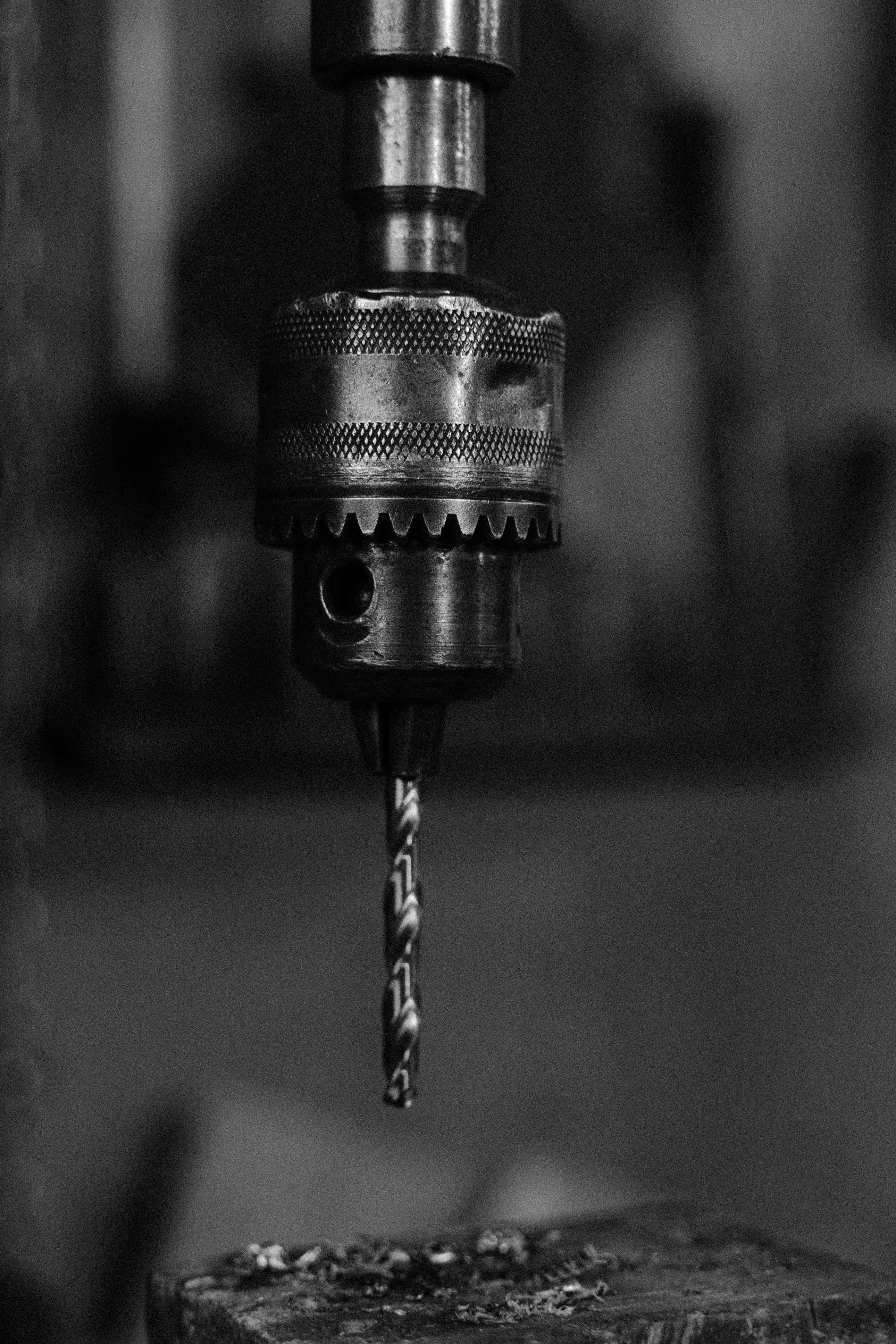The Beginner’s Guide to
 Advantages of Drilling Steel
Advantages of Drilling Steel
Drilling steel is a common industrial process that involves creating holes in steel surfaces for various applications. Whether in construction, manufacturing, or metalworking, drilling steel offers several benefits that contribute to the versatility and utility of this material. Here are the key advantages of drilling steel:
1. Precision and Accuracy:
Drilling steel allows for precise and accurate hole placement. Advanced drilling techniques and tools enable operators to achieve specific dimensions and maintain tight tolerances, ensuring that holes are positioned exactly where they are needed.
2. Versatility in Hole Sizes:
Steel can be drilled to accommodate a wide range of hole sizes. This versatility is crucial in applications where different-sized holes are required for fastening, assembly, or accommodating various components within a structure or product.
3. Efficient Material Removal:
Drilling steel is an efficient process for removing material. High-speed drill bits and cutting fluids facilitate smooth and rapid material removal, reducing the time and effort required to create holes in steel surfaces.
4. Adaptability to Various Steel Alloys:
Drilling is applicable to various steel alloys, including carbon steel, stainless steel, and alloy steels. This adaptability makes it a versatile process that can be employed across a wide range of industries and applications.
5. Increased Structural Integrity:
Properly drilled holes in steel contribute to increased structural integrity. This is crucial in construction and manufacturing, where drilled holes are often used for fastening and joining components, ensuring the overall stability and strength of structures and products.
6. Compatibility with Various Drill Bit Materials:
Different drill bit materials, such as high-speed steel (HSS) or carbide, can be used for drilling steel. The choice of drill bit material depends on factors such as the type of steel, desired hole size, and the specific requirements of the drilling application.
7. Enhanced Surface Finish:
Modern drilling techniques and tool coatings contribute to an enhanced surface finish. This is particularly important in applications where the appearance of the drilled holes matters, such as in decorative metalwork or when producing finished products with exposed steel surfaces.
8. Speed and Productivity:
Drilling steel is a relatively fast and productive process. High-speed drilling machines, coupled with the appropriate cutting tools, allow for efficient hole creation, contributing to overall productivity in manufacturing and construction processes.
9. Cost-Effective Hole Creation:
Drilling steel is a cost-effective method of creating holes, especially when compared to alternative processes such as milling or laser cutting. The equipment and tooling costs associated with drilling are often more economical, making it a preferred method for certain applications.
10. Adaptation to Automated Processes:
– Drilling steel can be easily integrated into automated manufacturing processes. Automated drilling systems ensure consistent hole placement and dimensions, contributing to the efficiency of large-scale production operations.
11. Compatibility with Lubricants and Coolants:
– Drilling steel is often performed with the use of lubricants and coolants. These fluids help dissipate heat generated during the drilling process, reduce friction, and extend the life of the cutting tools. They also contribute to the overall efficiency and quality of the drilling operation.
12. Maintenance of Tool Sharpness:
– Properly designed and maintained drilling tools ensure prolonged sharpness and cutting efficiency. This is essential for achieving clean and accurate holes in steel surfaces, especially in high-volume production settings where tool longevity is a critical factor.
13. Hole Customization:
– Drilling allows for customization of holes based on specific project requirements. Whether it’s creating countersunk holes, through holes, or blind holes, the drilling process can be tailored to meet the exact needs of a particular application.
14. Ease of Integration with Other Processes:
– Drilling steel seamlessly integrates with other metalworking processes. Whether as a standalone operation or part of a larger fabrication process, drilling is often a key step in creating complex metal structures and components.
In conclusion, drilling steel offers a range of advantages that make it a preferred method for creating holes in this versatile material. From precision and efficiency to adaptability and compatibility with various alloys, drilling steel plays a crucial role in diverse industries, contributing to the construction, manufacturing, and fabrication of a wide array of products and structures.
How I Achieved Maximum Success with
This post topic: Business Products & Services



